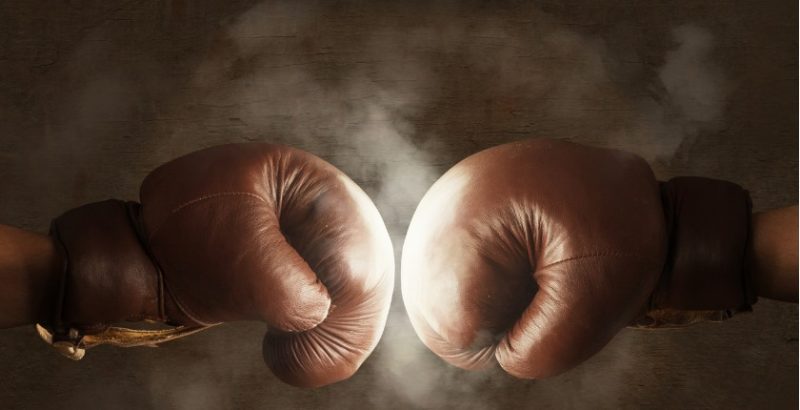On April 6, 1893, Andy Bowen and Jack Burke fought the longest gloved boxing match in history at the Olympic Club in New Orleans, Louisiana.
The bout lasted for seven hours and 19 minutes, from 9:00 pm until early morning the next day, going 110 rounds. The prize was the Lightweight Championship of the South and a purse of $2,500. Burke was the favorite in the beginning, winning the first 25 rounds, but “Iron Bowen” refused to be knocked out.
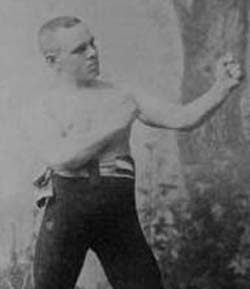
He knocked Burke down in the 25th round, but the bell rang before Burke could be counted out. At some point during the match both of Burke’s hands were broken, and the two opponents grew so tired that their boxing talents made no difference.
Most of the crowd had left by midnight, and many who hadn’t were asleep in their chairs. By the 108th round, no punches were being thrown – the men just circled each other over and over. By the 110th round, the referee, John Duffy, called the match a draw and suggested the two men could split the purse.
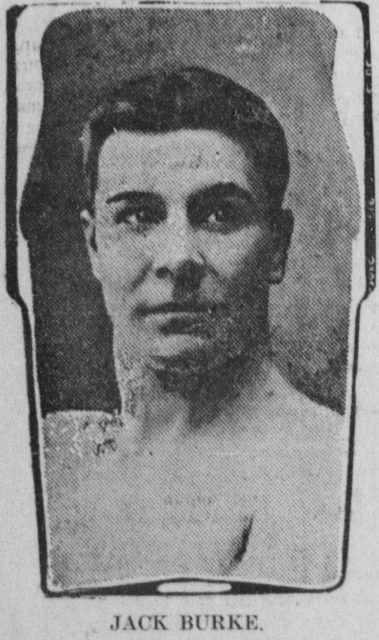
According to Encyclopaedia Britannica, modern boxing observes 12 rules which attempt to make the sport more humane. They were written by Londoner John Graham Chambers and published by John Sholto Douglas, the ninth Marquess of Queensberry, in 1867. The ”Queensberry Rules” are still in force today, and, among other things, limit rounds to three minutes with a one minute break between rounds.
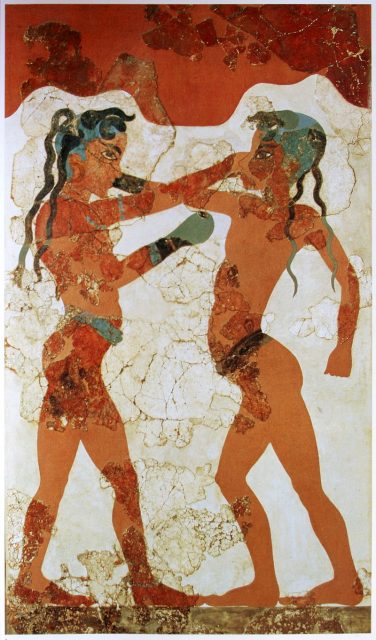
The earliest record of boxing was found in ancient Sumerian relief sculptures from Mesopotamia. An Egyptian relief from 1350 BC shows barefisted boxers and an audience. Fighting with gloves had emerged by 1500 to 1400 BC, shown by evidence from Minoan artwork discovered on the Greek island of Crete. The 23rd Olympiad of 668 BC set the first rules for the sport.
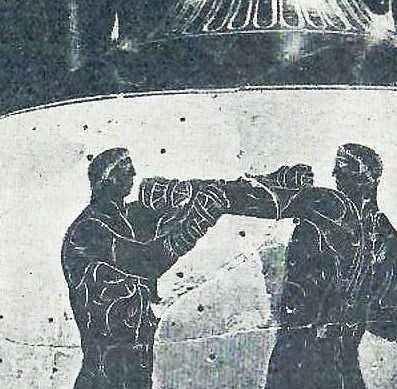
Ancient Greece had no weight categories or rounds, and the opponents fought until one either gave up or was killed. When boxing came to the Romans in 393 AD, the gloves were modified with pointy metal studs making the event full of blood and gore which entertained the Romans but caused the sport to be banned in many parts of Europe.
After the fall of the Roman Empire, spectator boxing became popular again in about the 12th century. According to Ancient Origins, bare-knuckle boxing became popular in Great Britain in the early 16th century.
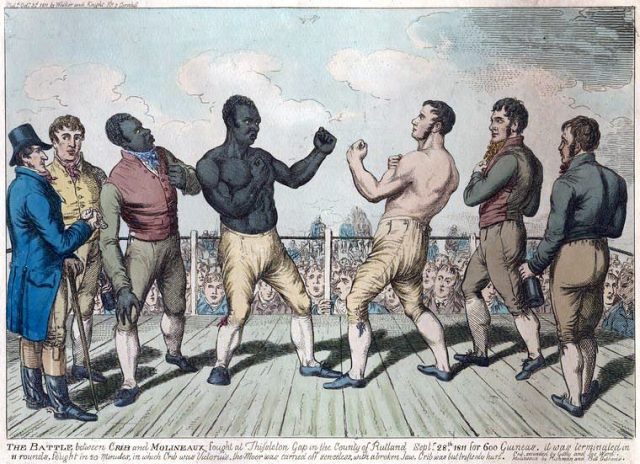
On January 6, 1681, Christopher Monck, Second Duke of Albemarle, set up a boxing match between his butcher and his butler — with the butcher coming out ahead. There were still no set rules, and the boxers often resorted to headbutting, choking, eye gouging, kicking, biting, and hitting a man who was down to win.
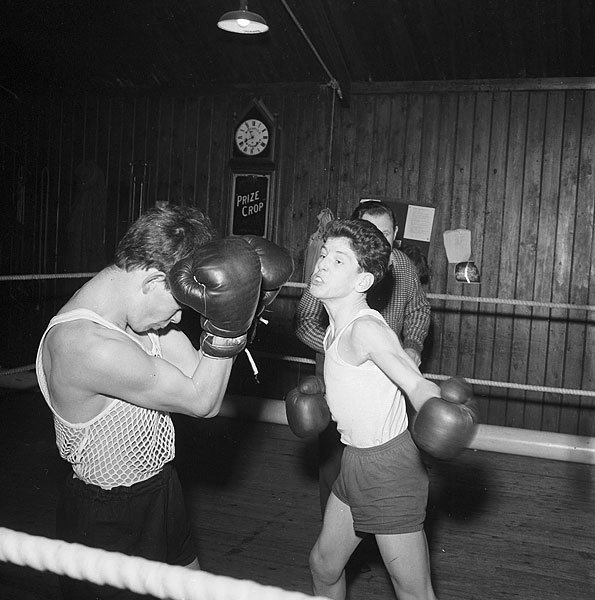
In 1743, boxer Jack Broughton put forth the “Broughton’s rules” in an attempt to curb deaths in the ring. It gave the fighters 30 seconds after being knocked down to get back up, and it included the “no hitting below the belt” rule. By 1882, bare knuckle boxing was illegal. The first modern boxing match was held at the Pelican Athletic Club in New Orleans in 1892 when “Gentleman Jim” Corbett defeated John Lawrence Sullivan in a heavyweight bout.
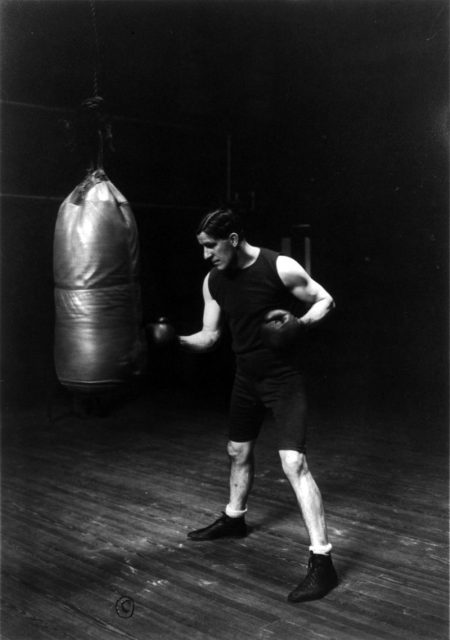
Boxing has become a multi-million dollar sport thanks to such athletes as Muhammad Ali, considered by some to be the greatest boxer of all time, Joe Frazier, George Foreman, Sugar Ray Robinson and Sugar Ray Leonard, Evander Holyfield, Rocky Marciano, Mike Tyson and Marvin Hagler, just to name a few.
As well the sport has gained a huge audience from such films as the Rocky series. Check out a video below about how Sylvester Stallone turned down massive amounts of money in order to star in the first Rocky:
https://youtu.be/hmrbvvuCSYk
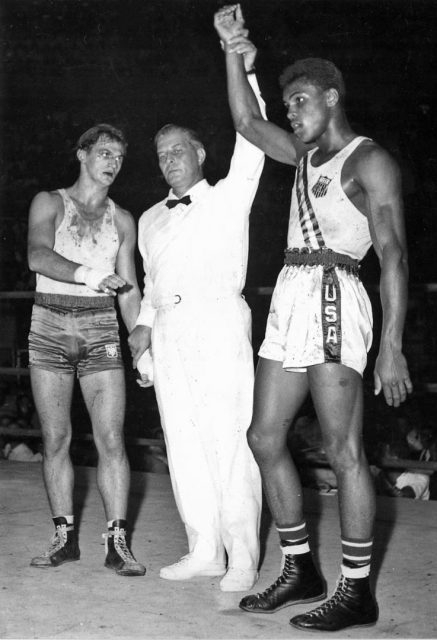
In 1927, a fight between Jack Dempsey and Gene Tunney grossed over $2.7 million without the aid of a television audience.
In a controversial decision, Tunney won in Dempsey’s last fight. In 2015, a bout between Floyd Mayweather and Manny Pacquiao brought a more than $100 million payout to both fighters. The match went 12 rounds with Mayweather declared the winner.
For this writer, promoter Don King’s hair was the best part of boxing.
